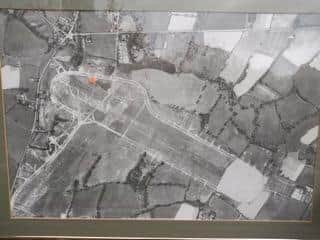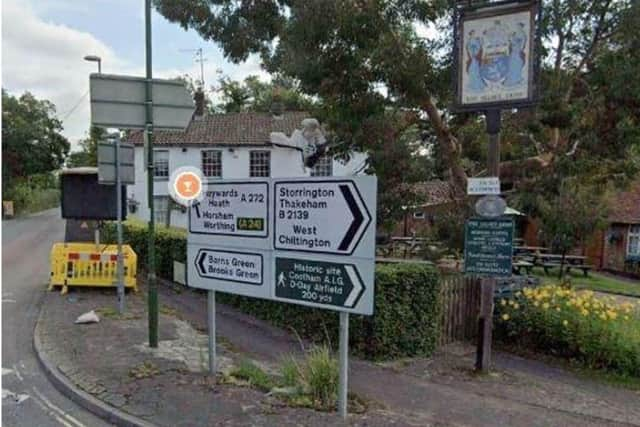War-time village airfield near Horsham where 15 airmen died faces new battle
and live on Freeview channel 276
But this time – nearly 80 years on – the fight is to save the historic airfield at Coolham from development.
Plans have been put forward to demolish a barn on the airfield site and build two houses – but there is huge local opposition. Many say the area should be preserved as a permanent memorial.
Advertisement
Hide AdAdvertisement
Hide AdAnd now there are calls for Coolham Airfield to be recognised as a ‘community asset’ – as the Coolham D-Day Airfield Memorial Park – to protect its future and historic past.


Former police officer Paul Hamlin said: “It would be a fitting and lasting tribute to mark the 80th anniversary of D-Day in June 2024.”
Seven fighter squadrons were based at a temporary RAF airbase at Coolham between April and July 1944 during which time 15 pilots and workers were killed, many of whom served in the Normandy landings and the liberation of France.
Two special plaques at the cherished site now pay tribute to their memory, along with a row of 15 commemorative trees.
Advertisement
Hide AdAdvertisement
Hide AdAlthough the airbase has now been turned back into fields, members of the public are still able to walk a two mile stretch around the edge of the runway.


People from across the world visit the site, including the descendents of Polish airmen killed in the conflict. Of the seven advanced landing grounds in 1943 for Operation Overlord, Coolham Airfield is the only one left that is visually intact, undeveloped and with public access.
Floods of letters of objection to the proposed development have been submitted to Horsham District Council, including from Shipley Parish Council which has also suggested the area could be deemed a ‘community asset.’
Another objector said: “The site has huge historic importance not only to the relatives of the men it stands as memorial to but also nationally and internationally as a lasting tribute to their sacrifice and should be preserved, intact, as a community asset for the present and future generations.”
Advertisement
Hide AdAdvertisement
Hide AdAnother said: “The World War II airfield site holds immense historical importance as it stands as a testament to the bravery and sacrifices made during a critical period in our nation's history. Preserving this site not only pays tribute to the heroes who served and fought during the war but also serves as a valuable educational resource for future generations to learn about the past.”
Paul Hamlin added: “One airman, Sgt Charles Gordon, died very close to the proposed development site, the actual position being unmarked, sacrosanct, any residential development on it being desecration.
"Sgt Gordon, aged 45, as a member of 5018 Airfield Construction Squadron, was killed at 11.00 hours on 15 February 1944 whilst engaged in sommerfeld track laying duties when he was hit by a B-26 Marauder bomber, ‘Flounder Gus’, which was making an emergency landing on the main E/W 1500 yard runway towards the B2139 Thakeham Road.
"To slow down, its crew retracted its undercarriage, causing the B-26 to swing to the left and strike Sgt Gordon, instantly killing him.”
Batchellor Monkhouse, agents acting for the applicants, have suggested that poppies could be planted alongside a nearby bridleway and an commemorative oak plaque erected.
